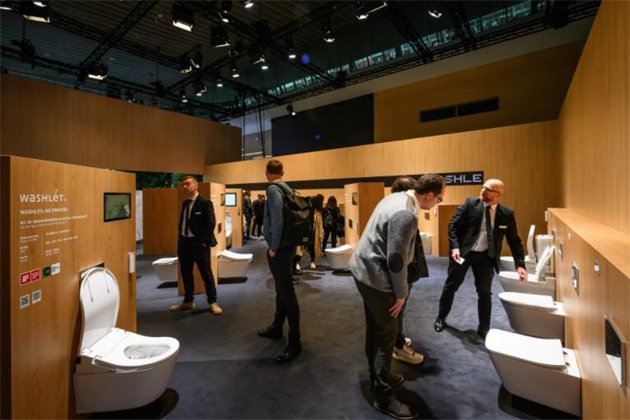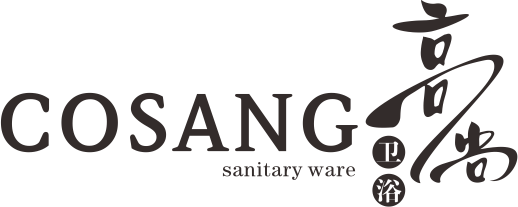
As global economic dynamics evolve and living standards rise, the ceramic sanitary ware industry is experiencing unprecedented opportunities and challenges. Key players in the sector—wholesale distributors and manufacturers—must work together collaboratively to navigate the volatile market landscape. Their joint efforts will be pivotal to the industry’s sustainable and high-quality development in the future.
1.Industry Overview and Challenges
In recent years, competition within the ceramic sanitary ware market has intensified, with product homogenization leading to frequent price wars and squeezed profit margins. Consumers increasingly demand higher quality, innovative designs, and environmentally friendly features. Consequently, green manufacturing and sustainability have become unavoidable industry trends. Meanwhile, volatility in raw material prices, rising logistics costs, and shifting international trade policies have introduced additional operational pressures.
The rapid growth of online sales channels further disrupts traditional brick-and-mortar retail models, leading to a diversification of sales avenues. Companies must adapt strategically to these new consumer behaviors and technological developments to maintain their market footing.
2.Strengthening Partnerships Between Distributors and Manufacturers
To effectively address these challenges, it is essential for wholesalers and manufacturers to deepen their cooperation, fostering mutually beneficial partnerships. Manufacturers should innovate constantly—enhancing product aesthetics, quality, and eco-features to meet diverse customer demands. Distributors, on the other hand, need to enhance their market intelligence, optimize channel distribution, and expand their reach through multi-channel approaches.
Collaborative strategies such as information sharing, joint product development, and co-marketing campaigns can significantly boost competitiveness. For instance, supply chain integration can reduce costs and improve efficiency, while joint exhibitions and promotional activities can elevate brand visibility.
3.Embracing Technological Innovation and Digital Transformation
Digital transformation is a crucial driver for competitive advantage in the industry. Manufacturers can adopt intelligent manufacturing technologies to automate production processes, reduce waste, and enhance product consistency. Distributors can leverage big data analytics to understand consumer preferences and tailor marketing strategies accordingly.
Furthermore, integrating e-commerce platforms and social media channels provides opportunities for innovative market engagement. Establishing dedicated online stores, offering virtual consultation services, and providing seamless after-sales support can foster customer loyalty and facilitate the integration of online and offline operations.
4.Promoting Green and Sustainable Development
Environmental responsibility is a core focus for future growth. Manufacturers should utilize eco-friendly raw materials, implement energy-saving measures, and minimize waste generation. Distributors can promote green products, educating customers on environmental benefits and cultivating eco-conscious consumption.
Industry standards and certifications play a vital role in guiding sustainable practices. Industry associations can lead efforts to establish and enforce environmental standards, creating a green assessment and certification system to motivate enterprises toward eco-friendly transformation.
5.Exploring New Models of Cooperation
The future industry landscape will likely emphasize collaboration, alliance-building, and integrated supply chains. Businesses can explore strategic partnerships, joint ventures, and resource-sharing arrangements to access new markets and technologies. For example, co-developing innovative technologies, entering emerging markets collaboratively, or expanding international cooperation can generate competitive advantages.
Additionally, talent development and team-building are crucial. Cultivating professionals with innovative, eco-friendly mindsets and service excellence will underpin sustainable industry growth.
Conclusion
In the face of rapid change and mounting challenges, ceramic sanitary ware wholesalers and manufacturers must strengthen their collaboration, innovate continually, and embrace green transformation. By working hand in hand, sharing resources, and aligning strategic goals, the industry can achieve higher quality, more sustainable growth. This collaborative approach will enable providers to deliver superior, eco-friendly products to consumers and unlock a promising future for the industry.
In summary, embracing innovation, fostering strategic partnerships, and prioritizing sustainability will be the guiding principles for ceramic sanitary ware companies aiming to thrive amid industry challenges, ensuring a resilient and prosperous future.



